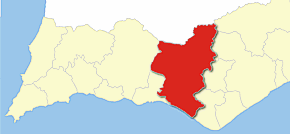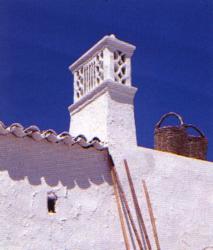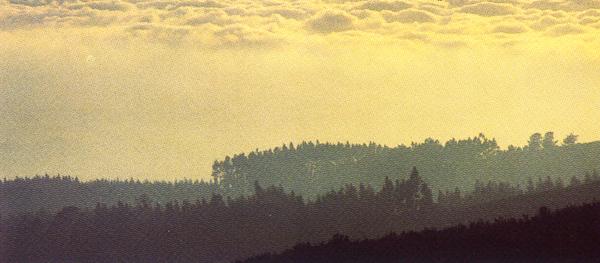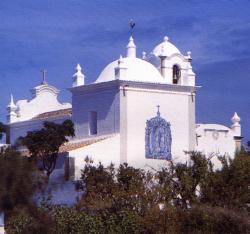|
Tourism |
|
| Portugal > Tourism > Algarve > Loulé | |
|
|
|
|
Loulé, the racy, cosmopolitan lifestyle of the world's leading tourist centres. A long ribbon of fine, golden sand tucked between the blue of the sea and the bold ochre of the cliffs. The splendour of tiles in a chapel that is itself a work of art. The changing greens of the orchards and the woods of the hills. An endless variety of decorated chimneys, carefully wrought in a filigree of whitewashed stone and art. Wide open spaces where it is possible to rediscover the meaning of solitude and listen to the silence of nature. With all this and more, Loulé municipality is a place of sunshine and colour, fun and excitement. |
|
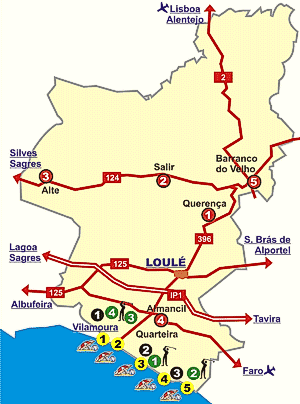 |
| Beaches |
| Thanks to its golden sands and sunny climate the
whole of the coast has become a major centre for beach holidays and
includes some of the best tourist facilities in the Algarve. |
|
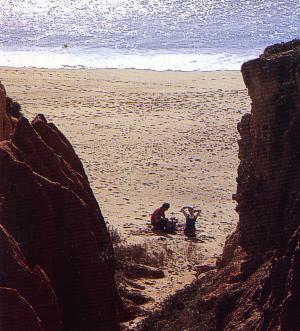 |
 |
|
 |
|
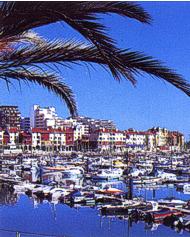 |
| Golf |
|
|
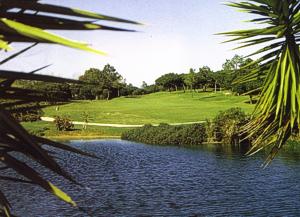  |
| Lodging (with homepages) | |
| Sightseeing - Loulé Municipality |
| Chapel of Sao Luis (St. Louis) - Built at the beginning of
the 15th century, it was subsequently altered until it attained its
current appearance, that of a country, church in the taste of the
18th century. The interior is plain: its most curious feature is a
series of four paintings in a popular idiom depicting the life of
St. Louis (18th century). Fonte Pequena and Fonte Grande -
For centuries these two sources were a meeting place for the women
of the village who would fill their water pitchers and do their washing.
Tables and stone benches have now been installed, in the cool shade
of the overarching trees; making this an ideal spot for having a picnic
or just lazing around. Ribeira de Alte and its mills - The
waters of the Fonte Pequena and Fonte Grande, which are the source
of the Alte river, once turned the wheels of the village's nine mills.
Most have since fallen into ruins, the Moinho da Aboboda mill, which
is known to date back to 13th century, is still to be seen. |
|
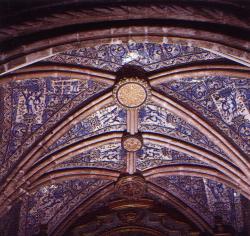 |
| gilded vestal on the main altar and the decorative detail on the triumphal arch and at the base of the cupola. There is a good collection of 17th and 18th century statues in the church, the sacristy - which also houses a fine chest with carved decoration - and the annex. Nearby, in Sao João da Venda, the old church retains a number of Manueline features (16th century) in its denticulate exterior and the vaulting over the main altar, as well as a vestal with paintings from the end of the same century. |
|
|
|
| Portugal > Tourism > Algarve > Loulé | |
|
Loulé |
|
